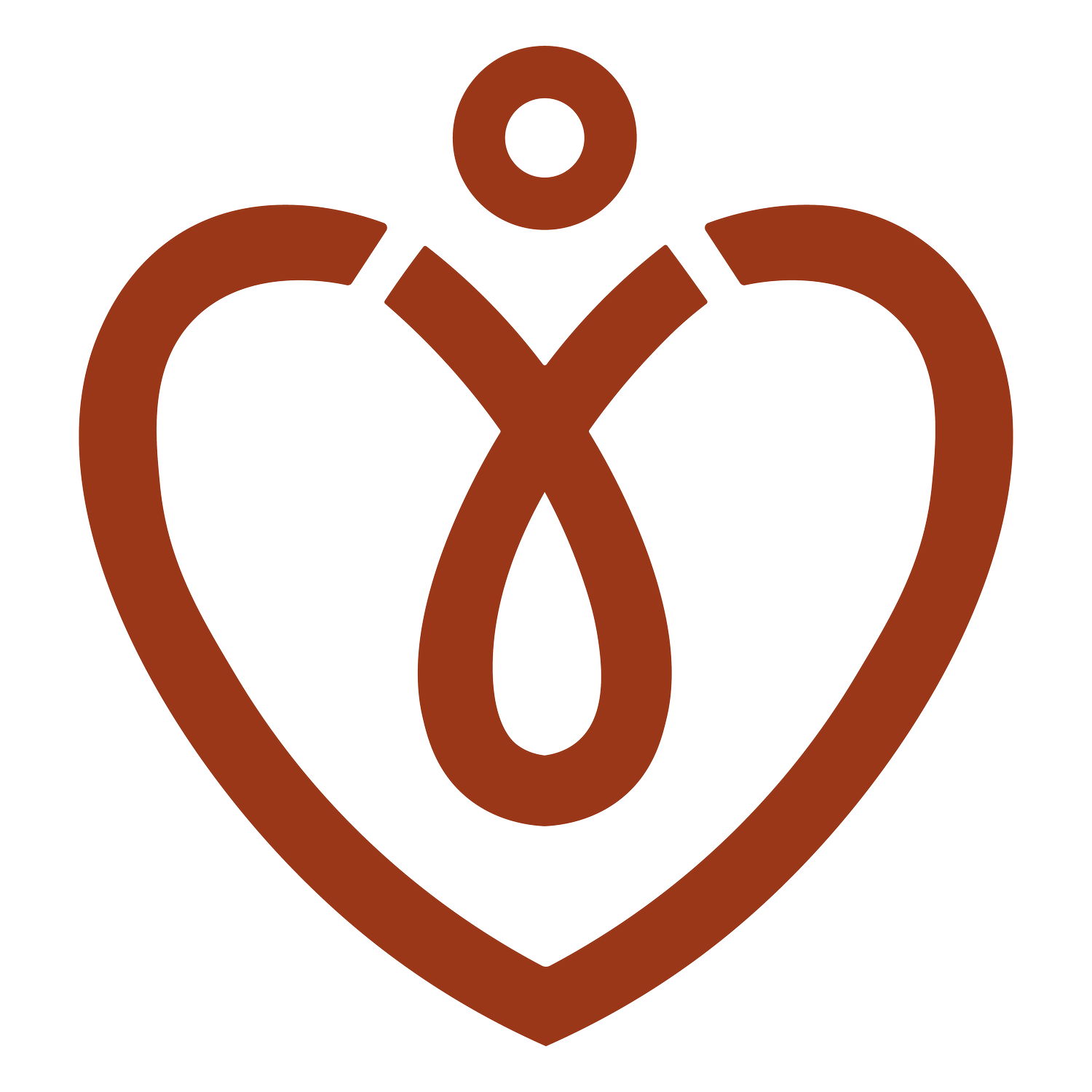
DR MARIANNE MILLER
CARING EATING DISORDER TREATMENT IN SAN DIEGO AND THROUGHOUT CALIFORNIA, TEXAS, AND WASHINGTON D.C. FOR ADULTS & TEENS

How Family Therapy Can Help Your Child With ARFID: Working From a Neurodivergent-Affirming, Sensory-Attuned, Trauma-Informed Model
When a child has Avoidant/Restrictive Food Intake Disorder (ARFID), family mealtimes can quickly shift into stress and worry. Parents may wonder whether to push their child to try new foods, follow their lead completely, or attempt structured strategies like food chaining. The truth is that ARFID does not look like other eating disorders. It is not rooted in body image concerns. Instead, it often comes from sensory sensitivities, distressing experiences with food, or neurodevelopmental differences.
Family therapy that is neurodivergent-affirming, sensory-attuned, and trauma-informed offers a path forward. It helps children feel safer with food and safer in their bodies, strengthens parent-child bonds, and moves toward making eating opportunities into moments of connection rather than conflict.

Why ARFID Isn’t Picky Eating: Signs, Symptoms, and Misconceptions
When people hear about ARFID, or Avoidant/Restrictive Food Intake Disorder, they often brush it off as picky eating. At first glance, it can look similar: limited foods, refusals at mealtimes, resistance to trying new things. But this assumption is not only inaccurate, it can also be harmful. ARFID is a serious eating disorder that deserves recognition, understanding, and treatment. In this post, we will look closely at what ARFID is, how it differs from picky eating, the signs and symptoms to watch for, and why this distinction is essential for recovery and support.

Empower Your Practice in 2025: How My Self-Paced ARFID Training Course Supports Therapists, Dietitians, Medical Providers, and Community Members
If you're an eating disorder therapist, dietitian, medical provider, or community member seeking to better understand and support individuals with Avoidant/Restrictive Food Intake Disorder (ARFID), you're in the right place. My virtual, self-paced ARFID training course is designed to bridge the knowledge gap and provide the tools you need to effectively support those navigating this often misunderstood eating disorder. Taking this ARFID course will help you in California, Texas, Florida, New York, Toronto, Ontario, or London, England, UK, or anywhere in the world!

Understanding ARFID in Adults: How It Differs from ARFID in Childhood
Avoidant/Restrictive Food Intake Disorder (ARFID) often emerges in the context of children and adolescents, but it’s a condition that can persist into adulthood—or even begin later in life. Although the core features of ARFID remain consistent, the way it manifests in adults can differ significantly from how it appears in younger individuals. Let’s delve into what ARFID looks like in adults and how it can vary from its presentation in children.
